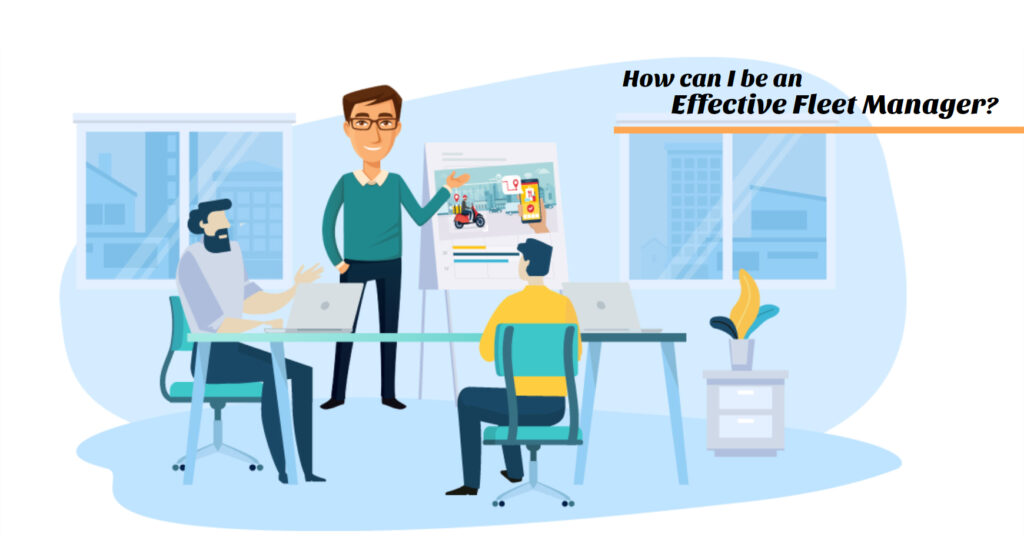Custom elearning Solutions Blogs
Why using Characters as an eLearning Content Strategy is so Successful
Written By Manirangan

Introduction: What is Blended Learning?
Blended learning is a term for a learning environment that provides a mix of online and face-to-face instruction. It is also known as hybrid education, the convergence of face-to-face and virtual education, or an e-learning solution.
Learners who participate in blended programs typically spend at least half of their time studying and working online and the other half participating in physical classes. For example, learners could study math lessons online before coming to school for physical math class to complete homework assignments with their peers. This way, learners can receive personalized attention from instructors both in class and through digital tools.
What are the Key Advantages of Blended Learning?
Blended Learning is the combination of traditional classroom teaching with online learning. It has been adopted by many universities and higher educational institutions across the world to make their programs more interactive and engaging.
Blended Learning offers several key advantages that are not available in online courses or traditional classrooms.
- The student will not feel like they are missing out on any part of the course because these courses are quite interactive, and activities are included for all types of learners.
- The student will be able to take part in the course at their own pace which means they can start studying for an exam weeks before it is due, or they can slow down to take break when needed.
- Blended Learning increases instructors’ ability to control what learners’ study without being limited by what is available
Blended Learning has been around for a long time. It is the mix of online learning with classroom-based learning.
The main benefits of blended learning are that it provides learners with more flexibility, flexibility to learn anytime and anywhere. There are not just lectures here and there, but instead there is a mix of video, text, readings, simulations, and hands-on projects to learn virtually everything you need to know about your subject.
5 Reasons why You Should Start Using Blended Learning in Your Classroom Right Now
The education system needs to be revamped to stay relevant. Educators need to start using more cutting-edge tools for teaching because if they don’t, their learners will soon be left behind in this hyper-competitive global economy.
There are many advantages of blended learning that contribute to its success. These include
- Increased student engagement
- Better attitudes towards learning
- Improved test scores
- Blended learning is also beneficial for working professionals who are looking for ways to enhance their skills or switch careers without having to quit their jobs.
- Mastering the art of teaching with technology
“The technology that fuels the future of teaching is not about better hardware or more apps to buy, but about open minds and hearts,” said Steve Jobs in his 2005 commencement speech at Stanford. Technology is not inherently good nor bad. It is how we use it that matters.
Technology has always been an important part of education, ever since the printing press was invented in 1445 by Johannes Gutenberg. Education has always been progressive, and it will continue to be so with the progression of technology in teaching.
It is important to note that there is no such thing as a one-size fits all approach to teaching with technology. There are many different things that Trainers can choose from and tailor to suit their needs and the needs of their learners.
Technology should not be seen as a replacement for the expert, but rather an enhancement. Trainers should use tech tools to enhance their lessons and make learning more engaging for their learners.
Conclusion: Why Should We Care about Blended Learning?
This conclusion is an introduction to the following: Blended Learning, what it is and why we should care about it.
Blended Learning is a combination of traditional learning methods, such as classroom instruction and self-paced digital learning. Its goal is to provide learners with a broader range of skills and knowledge.
It was first introduced in the early 2000s to reach more learners with less Trainers by integrating online courses into traditional classroom settings (Walsh, 2018).
Since then, technology has made significant advances in terms of affordability and usability. Consequently, blended learning has become increasingly popular as an education platform (Bennet & Bryan-Jones 2018).
Some advantages that come with blended learning include increased engagement and interactivity for learners; easy access for those with disabilities

Swift Solution Pvt. Ltd. # 31, 14th Main, Agromore Layout, Atthiguppe Extn, (Near To Chandra Layout Water Tank), Vijaynagar, Bangalore - 560 040.
Services
- Custom eLearning Solutions Category
- eLearning Consultancy Category
- Micro Learning Category
- Mobile Learning Category
- Conversion Flash to HTML Category
- eLearning Game Based Category
- Video based Learning Category
- eLearning through AR and VR Category
- LMS Services Category
- Performance Support Category
- Rapid Learning Category
- Readymade courses Category
Quick links
Copyright © 2022 Swift Solution Pvt Ltd..